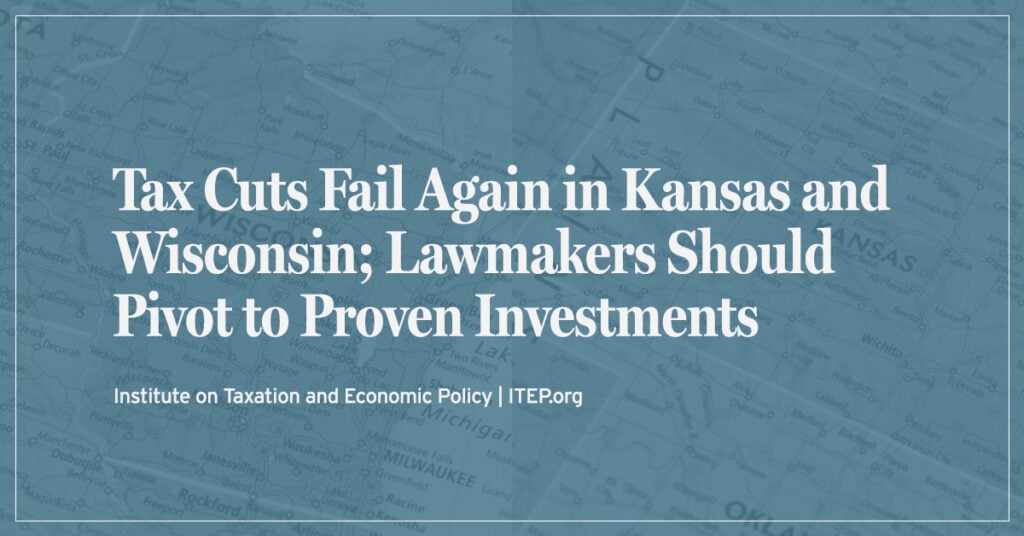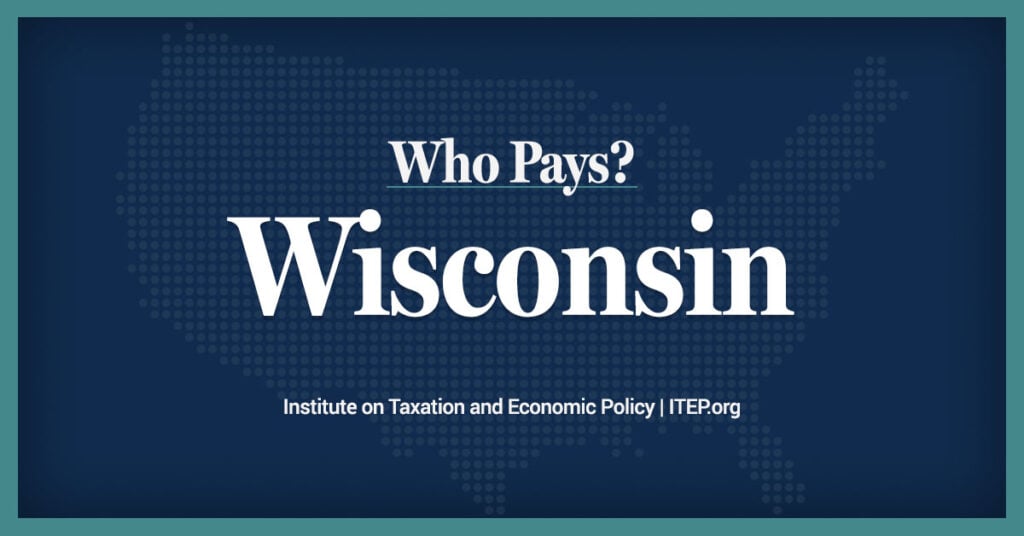That group pays more, would gain most from property tax trim
By Jason Stein and Patrick Marley of the Journal Sentinel
Jan. 24, 2014
Madison — The top 20% of Wisconsin wage earners — those making more than $88,000 a year and paying the most in taxes now — would receive 44% of the benefit of Gov. Scott Walker’s latest proposed tax cuts, a new analysis shows.
The bottom 20% of state residents by income — those making below $21,000 a year and paying the least in taxes now — would receive 5% of the $504.6 million Walker wants to cut in property and income taxes, according to the review by the liberal Institute for Taxation and Economic Policy and the Wisconsin Budget Project.
That outcome reflects the fact that the tax proposal cuts rates and produces a savings according to what people pay in taxes today. Overall, Walker’s plan is structured to make the state’s tax system slightly more favorable to those with lower incomes and slightly less favorable to those at the very highest end.
The governor’s plan relies on new projections that the state will end its current budget in June 2015 with a $1 billion surplus in its main account.
Jon Peacock, the director of the budget project, opposes the tax cuts. Peacock would prefer to see more tax credits for the working poor or a plan to use the surplus to strengthen the state’s finances overall.
But “we’re not putting this out there to say this (distribution) is terrible. We don’t think it’s the right critique,” Peacock said of the tax cuts. “That’s about as good as we could ask for in an income tax (rate) change.”
The analysis includes the two main tax cuts proposed by the governor but not a roughly $37.5 million change over the next year and a half to shield factory and farm owners from the effects of the so-called alternative minimum tax.
Democrats and liberal groups have focused much of their attacks on Walker’s previous tax cuts on how much those cuts helped the wealthy. This time, more of their criticism has focused on whether the tax cuts are fiscally responsible.
Brett Healy, a supporter of the tax cuts, said this latest round will be harder to attack.
“Overall, this is a huge positive for Wisconsin,” said Healy, president of the conservative MacIver Institute. “Clearly, I think it’ll be hard for anyone to argue that the tax cut is structured to help the wealthy. I would guess that was part of the (administration’s) decision-making process.”
The $98.6 million proposed income tax cut is aimed at the lowest bracket, so that part of Walker’s plan would give blue-collar workers the same size tax cuts as bankers and hedge fund managers.
That’s because any married couple making more than $14,540 a year would get the full $58 value of Walker’s proposed cut in the rate for the bottom bracket from 4.4% to 4%. People making far more money than that wouldn’t get any bigger tax cut.
“As Governor Walker said, we don’t want to leave anyone behind in Wisconsin’s economic recovery, which is why his plan targets income tax relief to the lowest income bracket,” spokesman Tom Evenson said. “If you’re a family making $40,000, your savings will be $58. No one will see bigger savings than that.”
Andrew Reschovsky, who researches tax policy at the University of Wisconsin-Madison, said this change would make the state’s income tax modestly more progressive, or more favorable to lower-income workers.
That contrasts with the much larger $651 million in income tax cuts passed as part of the two-year state budget in June.
Those tax cuts, which lowered rates for all brackets and collapsed two brackets into one, also helped all workers. But they delivered more of the savings to higher earners who pay the majority of income taxes.
The $406 million property tax cut would be given evenly to all property owners in the state and amounts to a $101 cut on the December bill for a median-valued home worth about $151,000.
The dollar amount per taxpayer would vary depending on the value of the property owner’s home or business, with more valuable properties receiving a larger cut in dollar terms. More than 70% of the property tax cut will go to homeowners and landlords of residential properties in the state, with the remaining part divided among the owners of the state’s factories, forests, and farmers, according to a Journal Sentinel analysis.
Peacock and Reschovsky said Walker could have chosen other ways to help the very poorest income tax filers and property-tax payers in the state.
Peacock said Walker could have restored the earned income tax credit that Walker and his fellow Republicans in the Legislature cut in 2011 by $56.2 million over two years. That credit goes to the working poor who may not owe income tax but who do have children. It is meant to boost their wages and offset Social Security taxes and other taxes they pay.
That year, Walker also ended annual inflationary increases for the homestead tax credit, which is a property tax break that shows up as a credit on income tax returns for low-income homeowners and renters.
“People shouldn’t be misled to think there’s much in it for the bottom two-fifths of Wisconsin,” Peacock said of Walker’s latest plan.
Reschovsky said the proposed property tax cut would be of some help overall to renters, since it would help to hold down rent increases. But it would also help state companies with Wisconsin parcels and well-to-do families with vacation homes, not just elderly homeowners struggling to pay their annual tax bills.
“(Walker’s) solution does not offer a lot of relief to those who really need it,” he said.
Democratic lawmakers were more blunt.
“It’s more of the same,” said Rep. Cory Mason (D-Racine), who sits on the budget-writing Joint Finance Committee. “It’s, ‘Let’s give more money to the wealthy and hope it trickles down.’ The problem is it doesn’t work.”
He said the tax cuts were funded with past cuts to public schools, technical colleges and the University of Wisconsin System.
Evenson pushed back, pointing out that the vast bulk of the income tax cut would go to low- and middle-income families, who outnumber wealthy ones.
“This report is very misleading because…under the governor’s proposal, those with lower incomes receive the greater benefit,” he said.




